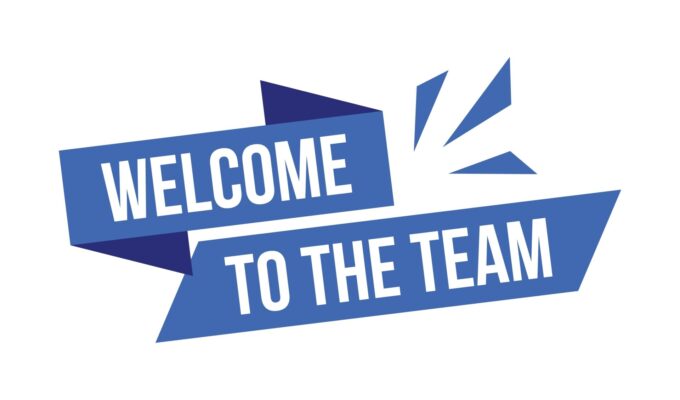As you approach retirement, transitioning from accumulating assets to generating a reliable income stream becomes a top priority. Creating a well-structured retirement income plan is crucial to ensure your financial security and maintain your desired lifestyle in your golden years. Here’s how you can do it.
Assess Your Retirement Income Needs
The first step in creating your retirement income plan is to determine how much income you’ll need to cover your expenses. Consider factors such as your desired lifestyle, healthcare costs, travel plans, and any debts or financial obligations you may have. Factor in inflation to ensure your income keeps pace with rising costs over time.
Identify Your Income Sources
Next, identify all potential income sources you’ll have in retirement. This may include Social Security benefits, pensions, annuities, rental income, and withdrawals from retirement accounts like 401(k)s and IRAs. Estimate the amount you can expect from each source and the age at which you’ll begin receiving the income.
Optimize Social Security Benefits
Social Security is a significant component of most retirees’ income. Carefully consider when to start claiming benefits, as the age at which you file can significantly impact the amount you receive. Generally, the longer you wait to claim (up to age 70), the higher your monthly benefit will be. However, your personal circumstances, such as health status and other income sources, should also factor into your decision.
Utilize Tax-Efficient Withdrawal Strategies
Develop a tax-efficient withdrawal strategy to minimize the impact of taxes on your retirement income. Here are several strategies to help you minimize the tax impact on your retirement income:
- Prioritize Withdrawal Order
The order in which you withdraw funds from your various accounts can significantly affect your tax liabilities. Here’s a common approach:
- Taxable Accounts First: Withdraw from taxable accounts (like brokerage accounts) first. This allows your tax-advantaged accounts (like IRAs and 401(k)s) to continue growing tax-deferred for as long as possible.
- Tax-Deferred Accounts Next: After exhausting taxable accounts, withdraw from tax-deferred accounts such as traditional IRAs and 401(k)s. Remember that withdrawals from these accounts are taxed as ordinary income.
- Tax-Exempt Accounts Last: Finally, withdraw from tax-exempt accounts like Roth IRAs. Since qualified withdrawals from Roth accounts are tax-free, preserving these funds for as long as possible can maximize your tax efficiency.
- Implement the Bucket Strategy
The bucket strategy involves dividing your retirement savings into different “buckets” based on when you will need the funds. This can help manage withdrawals and taxes effectively:
- Short-Term Bucket: This bucket holds cash and cash equivalents for immediate needs (0-3 years). It minimizes the risk of needing to sell investments in a down market.
- Medium-Term Bucket: This bucket contains bonds or conservative investments for needs in the next 3-10 years. It offers a balance between growth and stability.
- Long-Term Bucket: This bucket focuses on growth-oriented investments (stocks, real estate) for needs beyond 10 years. By allowing these investments to grow, you can potentially increase your withdrawal amounts later without incurring high taxes.
- Consider Tax-Loss Harvesting
Tax-loss harvesting involves selling investments that have lost value to offset gains from other investments. This strategy can reduce your taxable income:
- Offset Gains: If you realize a capital gain from selling an investment, you can sell another investment at a loss to offset that gain, effectively reducing your tax liability.
- Reinvest Wisely: After selling a losing investment, consider reinvesting in a similar but not substantially identical asset to maintain your desired asset allocation while adhering to the wash sale rule.
- Utilize Qualified Charitable Distributions (QCDs)
If you are 70½ or older, you can make charitable donations directly from your traditional IRA through a Qualified Charitable Distribution (QCD):
- Tax Benefits: QCDs count toward your required minimum distributions (RMDs) and are not included in your taxable income, effectively reducing your tax burden.
- Support Charities: This strategy allows you to support charitable organizations while minimizing your tax impact, making it a win-win.
- Plan for Required Minimum Distributions (RMDs)
Once you reach age 73 (as of 2023), you must begin taking RMDs from your tax-deferred retirement accounts:
- Strategic Planning: Plan for these distributions to avoid a significant tax hit in any single year. Consider adjusting your withdrawal strategy in prior years to manage your income levels effectively.
- Tax Bracket Management: If possible, take additional withdrawals in lower-income years to manage your tax bracket and avoid pushing yourself into a higher tax bracket when RMDs begin.
Manage Investment Risk
As you transition to retirement, it’s essential to manage investment risk in your portfolio. Consider shifting to a more conservative asset allocation that prioritizes income generation and capital preservation. Diversify your investments across different asset classes to reduce overall risk and ensure your portfolio is aligned with your time horizon and risk tolerance.
Plan for Healthcare Costs
Healthcare expenses can be a significant burden in retirement. Estimate your potential out-of-pocket costs for medical care, including premiums for Medicare and supplemental insurance plans. Explore options like health savings accounts (HSAs) to help cover these expenses in a tax-advantaged manner.
Review and Adjust Regularly
Your retirement income plan should not be a static document. Review it regularly, at least annually, to ensure it remains aligned with your goals and accounts for any changes in your circumstances or the economic environment. Be prepared to make adjustments as needed, such as modifying your withdrawal rates or investment allocations.
Creating a comprehensive retirement income plan requires careful consideration of various factors, including your income needs, tax implications, and risk tolerance. By following these steps and working with a qualified financial advisor, you can develop a plan that provides a reliable and sustainable income stream throughout your retirement years.
If you need help with your retirement planning, get in touch with us today!
This information was, in part, provided by the IRS website.
Every investor’s situation is unique, and you should consider your investment goals, risk tolerance and time horizon before making any investment. Prior to making an investment decision, please consult with your financial advisor about your individual situation. The foregoing information has been obtained from sources considered to be reliable, but we do not guarantee that it is accurate or complete, it is not a statement of all available data necessary for making an investment decision, and it does not constitute a recommendation. Any opinions are those of Ellenore Baker and not necessarily those of Raymond James.
Investing involves risk and you may incur a profit or loss regardless of strategy selected, including asset allocation and diversification. While we are familiar with the tax provisions of the issues presented herein, as Financial Advisors of RJFS, we are not qualified to render advice on tax or legal matters. You should discuss tax or legal matters with the appropriate professional.
Ellenore holds an MBA in Finance and International Business from New York University. She started her career as a floor trader for Goldman Sachs, and received her CFP from Southern Methodist University. Outside of work, Ellenore is heavily involved in Women's organizations such as the Texas Women's Foundation.


 Linkedin
Linkedin
 Facebook
Facebook



